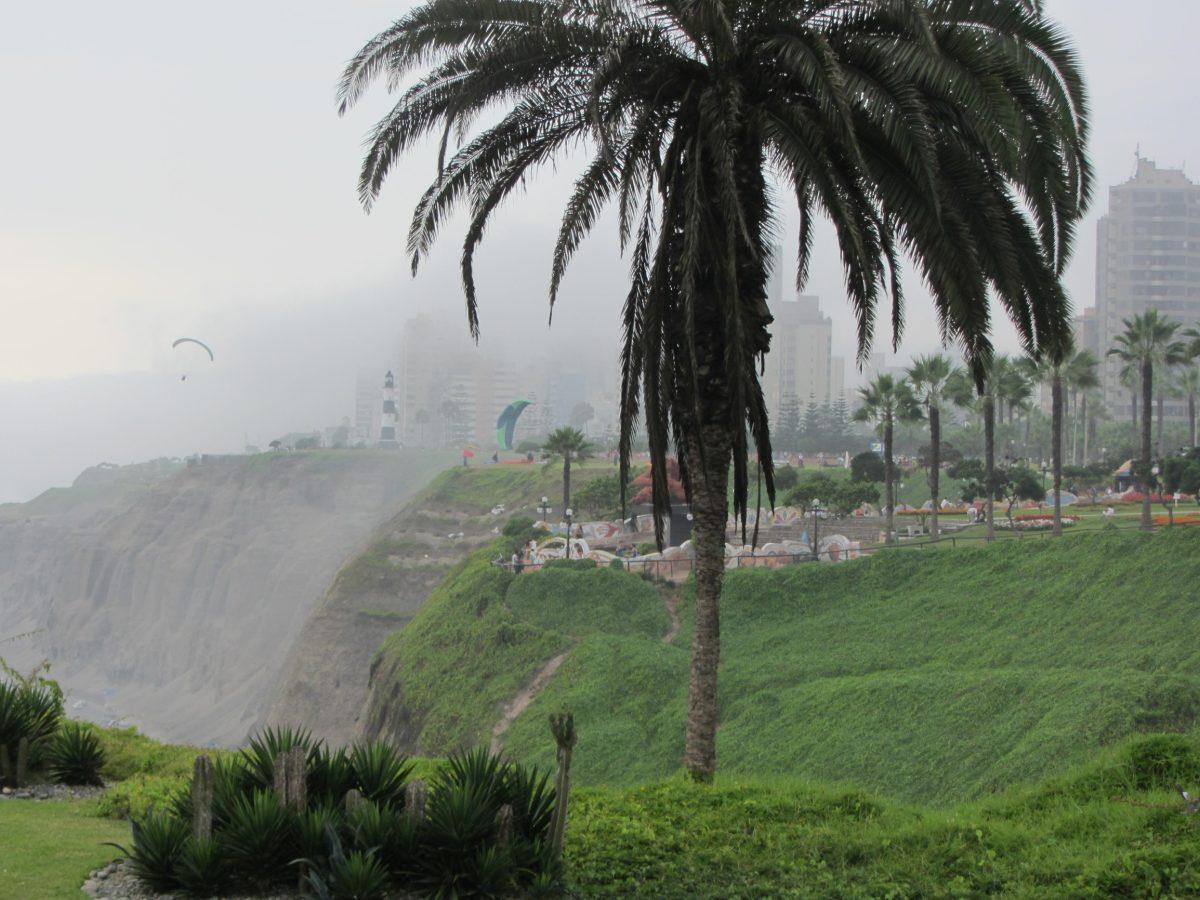College of Textile students and professors travel during spring break to broaden their knowledge of and exposure to foreign industries.
Every spring break, students and professors from the College of Textiles join other groups on a trade mission to a South American country. This mission began about 18 years ago when the COT, the Wake Tech Small Business Center, the North Carolina Department of Commerce, the International Trade Administration, the United States Department of Commerce and the North Carolina World Trade Association all came together to help North Carolina companies export their products and do business internationally. Six years ago, students from the College of Textiles were able to join the annual trip as student delegates and shadow the businesses.
According to Bill Harazin , professor of textile and apparel technology and management, the trade mission has four main aspects: to experience the culture of the foreign country, to meet with specialists in international trade in that country (such as the U.S. Foreign Service or the U.S. Embassy), to tour factories and facilities, and to try to go to some sort of event such as a trade show.
“You can’t do international business without culture,” Harazin said.
In the past, the group has gone to Mexico, El Salvador, Peru and Honduras. This spring break four students from the College of Textiles were selected to go on the trip to Lima, Peru: graduate student Meghan Coats, and seniors Katina Gad, Ashley Hardesty and Caitlyn Holt. Harazin is the co-delegation leader, along with the Wake Tech Small Business Center, and handles the student delegate portion of the trip.
Students enjoyed everything from the local culture of the region, including alpacas and wild guinea pigs, to touring local businesses and factories, the Lima Chamber of Commerce and the U.S. Embassy.
The group visited Topitop, a manufacturing facility with a vertically integrated production process. Topitop produces clothing for brands such as Under Armour, Hugo Boss, Abercrombie & Fitch and Old Navy. Holt said she enjoyed seeing the whole production process from start to finish. She compared the production process in Peru to the process in Hong Kong, where she has previously studied abroad.
“South America used more technology and Asia had more manpower labor,” Holt said of the different production processes.
Coats was interested in consumer behavior in Peru, and the facts the group learned about Peru from the Lima Chamber of Commerce.
“Peru has this huge merging middle class. People want to buy things, there are shopping centers and people out and about,” Coats said.
The group learned Peru is the number one producer of alpaca in the world and it exports 60 billion SME of fabric into the U.S., 40% of which is denim. Brands such as: Lacoste, Tommy Hilfiger, A&F, and Aeropostale source from Peru.
Coats also said one of her favorite parts of the trip was the factory tour of the company Creditex.
“Starting out with the cotton fiber being mixed, carded, drawn and spun into yarn–we saw the yarn being dyed, the fabric being woven, the pieces cut and sewn, and finally, the garments being checked for quality standards and then being packaged for the retailer, ready to be displayed to the end consumer,” Coats said.
The students got to experience members of local North Carolina businesses interacting with Peruvian business. According to Gad, businesses from the United States would either import products manufactured in Peru, or would enter the market in Peru to sell their own goods. Gad said the trip was an opportunity to get hands on experience. Gad also described eating “the most delicious ceviche I have ever tasted.” Everyone agreed the cliffs and beaches of Lima were beautiful, as well as the wild animals, and they’d all like to go back to Peru.
The students blogged about their trip on the website http://doingbusinessinternationally.blogspot.com/, and the trip is also a component of the class “Doing Business Internationally” in the COT.








